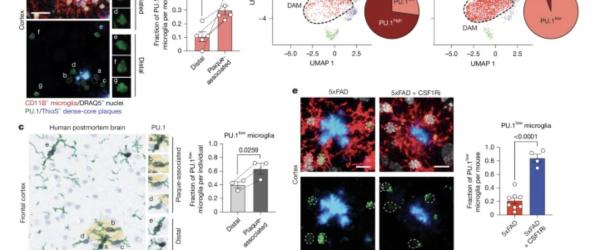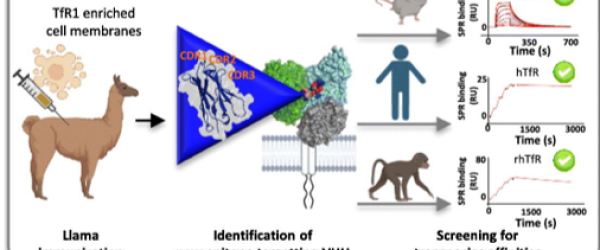The Institute of Neurophysiopathology (INP)
The Institut de NeuroPhysiopathologie is a center of excellence for training and research, combining basic and translational research to study the organization, function and interaction of neural cells, the molecular and cellular basis of major brain diseases, and the development of innovative cellular and molecular therapy strategies.









